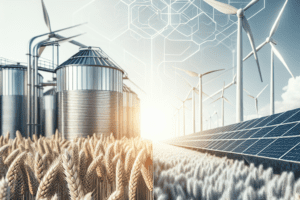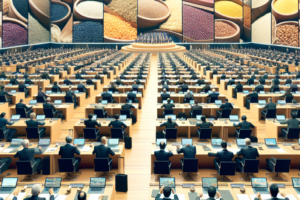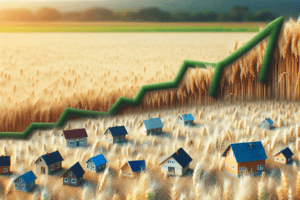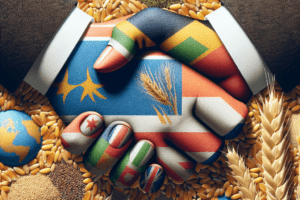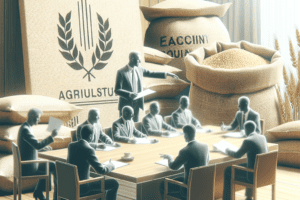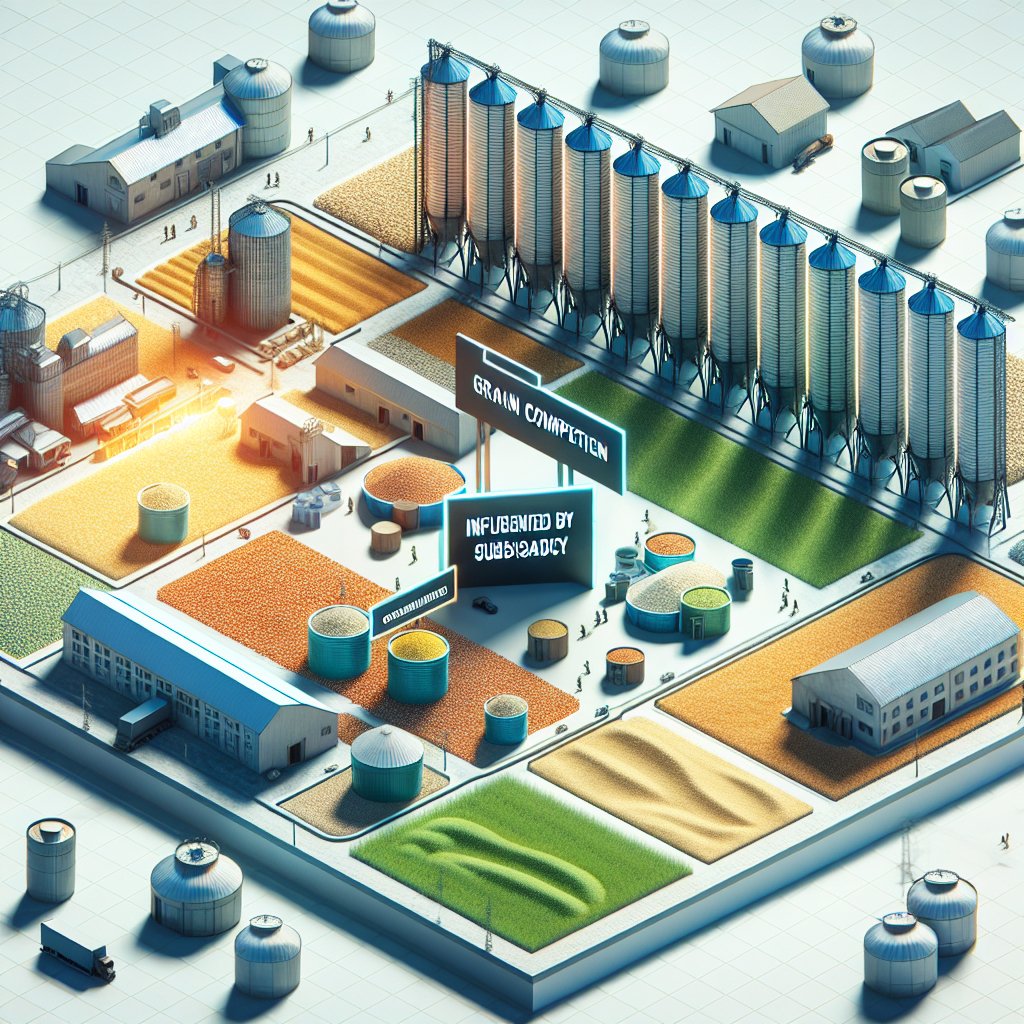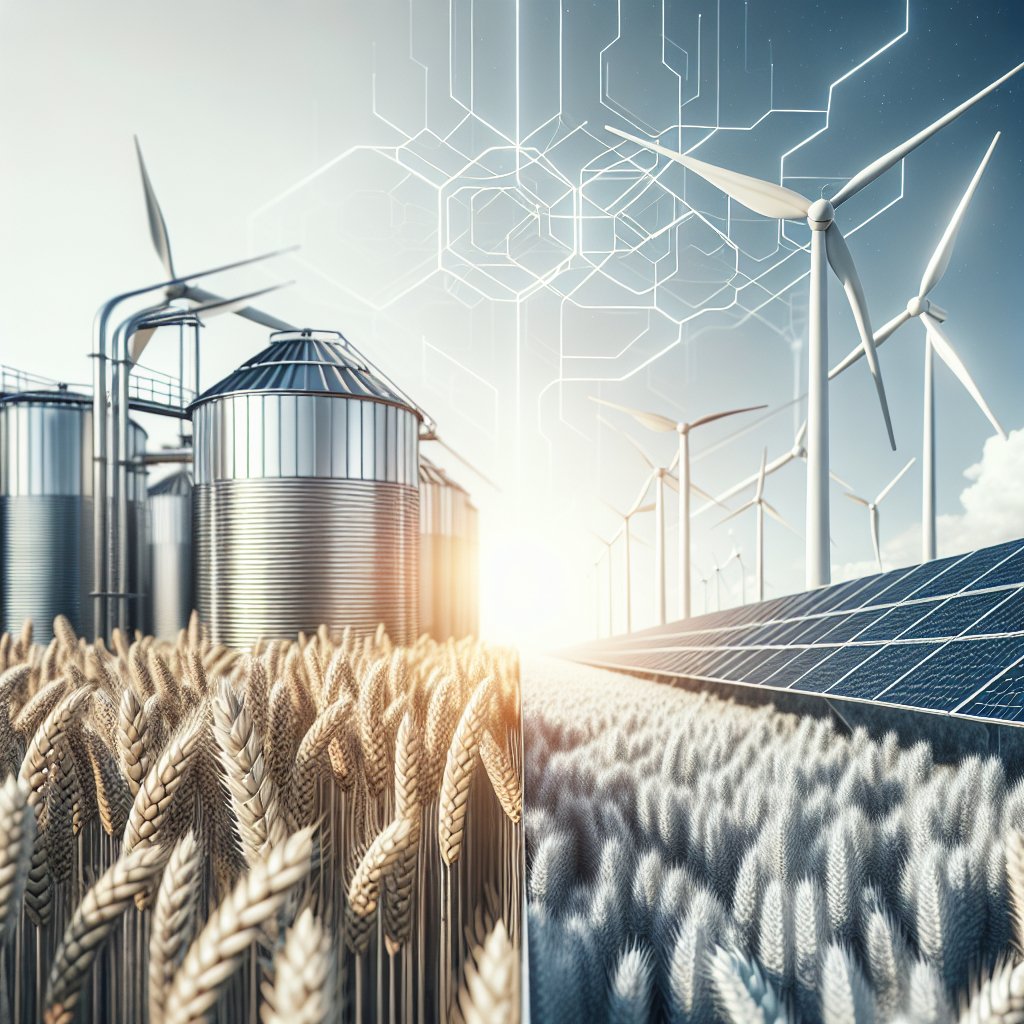The role of subsidies in grain market competitiveness is a complex and multifaceted issue that significantly impacts agricultural economies worldwide. Subsidies are financial aids provided by governments to support farmers, stabilize food prices, and ensure a steady supply of grains. This article explores the various dimensions of subsidies in the grain market, examining their effects on competitiveness, market dynamics, and the broader implications for food security and sustainability.
Understanding Grain Subsidies
Grain subsidies are designed to enhance the income of farmers, reduce the cost of production, and encourage the cultivation of staple crops such as wheat, corn, and rice. These subsidies can take various forms, including direct payments, price supports, and tax breaks. The primary objective of these financial aids is to ensure that farmers can produce enough food to meet domestic and international demand while maintaining a viable income.
Subsidies can be categorized into two main types: production subsidies and consumption subsidies. Production subsidies are aimed at increasing the output of grains by providing financial support to farmers for their production costs. In contrast, consumption subsidies are designed to lower the price of grains for consumers, making food more affordable, especially in developing countries.
The Impact of Subsidies on Market Competitiveness
Subsidies can significantly influence the competitiveness of the grain market. On one hand, they can help domestic producers compete against foreign imports by lowering production costs and stabilizing prices. On the other hand, excessive subsidies can lead to market distortions, creating an uneven playing field for farmers both domestically and internationally.
- Price Distortion: Subsidies can artificially lower the market price of grains, making it difficult for unsubsidized farmers in other countries to compete. This can lead to trade tensions and retaliatory measures from affected nations.
- Overproduction: When farmers receive subsidies, they may be incentivized to produce more than the market demands, leading to surplus production. This can result in a decline in prices, harming farmers’ incomes in the long run.
- Resource Allocation: Subsidies can lead to inefficient resource allocation, as farmers may focus on subsidized crops rather than diversifying their production. This can reduce overall agricultural resilience and sustainability.
Global Perspectives on Grain Subsidies
The approach to grain subsidies varies significantly across different countries and regions. In developed nations, such as the United States and members of the European Union, subsidies are often substantial and aimed at supporting large-scale agricultural operations. In contrast, developing countries may implement smaller-scale subsidies to protect local farmers and ensure food security.
Case Study: The United States
The United States has one of the most extensive subsidy programs for grains, particularly corn and soybeans. The Farm Bill, which is renewed approximately every five years, outlines the various forms of support available to farmers. These include direct payments, crop insurance, and price support programs. While these subsidies have helped stabilize the income of American farmers, they have also drawn criticism for promoting monoculture and contributing to environmental degradation.
Case Study: The European Union
In the European Union, the Common Agricultural Policy (CAP) provides financial support to farmers across member states. The CAP aims to ensure a fair standard of living for farmers, stabilize markets, and promote sustainable agricultural practices. However, the CAP has faced scrutiny for its complexity and the disproportionate benefits it provides to larger agricultural enterprises, often at the expense of smaller farms.
Developing Countries and Food Security
In many developing countries, subsidies play a crucial role in ensuring food security and supporting smallholder farmers. Governments may provide targeted subsidies to encourage the production of staple crops, helping to stabilize prices and improve access to food. However, these subsidies can also create dependency, making it challenging for farmers to compete in the global market.
Challenges and Criticisms of Subsidy Programs
Despite their intended benefits, subsidy programs face numerous challenges and criticisms. One of the primary concerns is the potential for corruption and mismanagement of funds. In some cases, subsidies may not reach the intended beneficiaries, leading to inequities in agricultural support.
Environmental Concerns
Subsidies can also have negative environmental impacts. For instance, the encouragement of monoculture through subsidies can lead to soil degradation, loss of biodiversity, and increased reliance on chemical fertilizers and pesticides. As the world grapples with climate change, the sustainability of subsidy programs is increasingly under scrutiny.
Trade Implications
Subsidies can create significant trade implications, leading to disputes at international trade organizations such as the World Trade Organization (WTO). Countries that subsidize their agricultural sectors may face accusations of unfair trade practices, which can result in tariffs and trade barriers. This can further complicate global food supply chains and impact food prices worldwide.
Future Directions for Grain Subsidies
As the global agricultural landscape continues to evolve, the future of grain subsidies will likely be shaped by several factors, including technological advancements, climate change, and shifting consumer preferences. Policymakers will need to strike a balance between supporting farmers and promoting sustainable practices that protect the environment.
Innovative Approaches to Subsidies
One potential direction for the future of subsidies is the adoption of more targeted and performance-based approaches. Instead of blanket subsidies, governments could implement programs that reward farmers for sustainable practices, such as crop rotation, organic farming, and reduced pesticide use. This could help align agricultural support with environmental goals and promote long-term sustainability.
International Cooperation
International cooperation will also be essential in addressing the challenges posed by subsidies. Countries must work together to establish fair trade practices and reduce the negative impacts of subsidies on global markets. This could involve reforming existing subsidy programs and promoting transparency in agricultural support.
Conclusion
The role of subsidies in grain market competitiveness is a critical issue that requires careful consideration and ongoing dialogue among stakeholders. While subsidies can provide essential support to farmers and help stabilize food prices, they also pose significant challenges that must be addressed. By adopting innovative approaches and fostering international cooperation, it is possible to create a more equitable and sustainable agricultural system that benefits farmers, consumers, and the environment alike.


